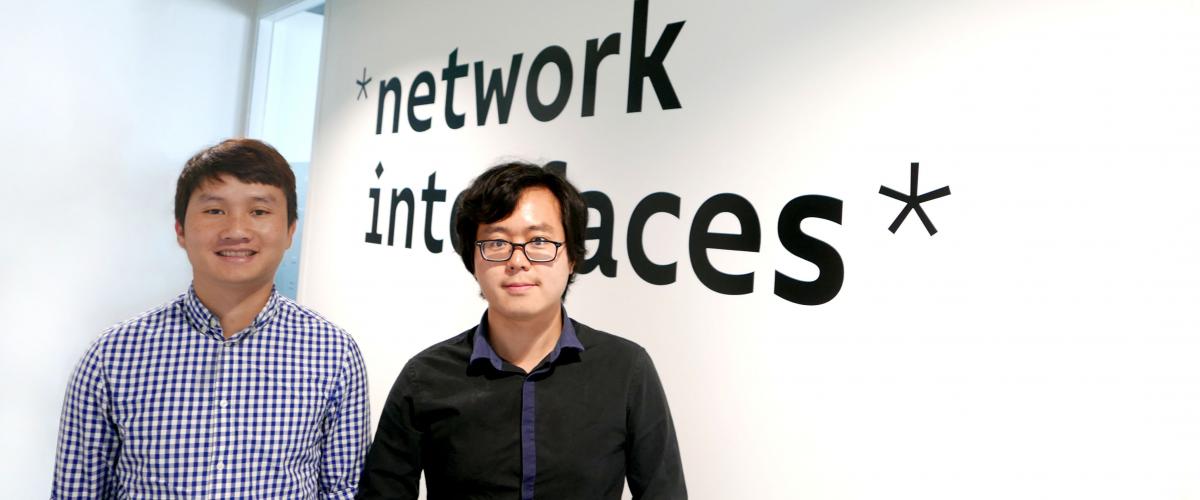In the fall of 2016, MERCE, the Mitsubishi Electric R&D Centre Europe, based in Rennes, agreed to work with b<>com to develop future generations of communication solutions. 18 months later, Franck Marti, CEO of MERCE, keeps us updated.
Could you tell us a little about MERCE?
Mitsubishi Electric R&D Centre Europe was created in 1995 at the science campus in Rennes. Made up of about fifty highly qualified researchers, the center focuses its research on two major fields which are communications and energy conversion. As a European center, we work with many other industrial and academic players in our ecosystem, not just in Rennes of course, but across Europe. In terms of research, our main area is called anti-fragility. On the reliability skill, it's what we think is the end goal. We have two main research divisions. The first is for communication and information processing systems. The whole issue is inventing powerful solutions in terms of safety and reliability in an increasingly connected and vulnerable world. Additionally, our teams, which are mainly made up of mathematicians, are looking into designing highly technical network architectures for fields like railroads, nano-satellites, and industry. Furthermore, this activity contributes a great deal to international and European standards (ETSI, 3GPP, etc.). The second area of research relates to power electronics systems. The goal here is to design more integrated, more robust systems to address the challenges of the 3rd millennium.
Why did you join b<>com as a shareholder member?
For two main reasons. First, b<>com's deep involvement in 5G. We ourselves work with 5G issues in highly vertical matters (railroads, industry, satellites, automotive) where the criticality of communications is a major issue. For a group like Mitsubishi Electric, 5G is no longer just a new generation of mobile networks, but a promise to meet that high-criticality need.
The second reason is the opportunity to pool our research efforts. On some topics, we keep our research in-house, while on others, we believe in sharing with other academic institutions and businesses and learning from one another's findings. What's great about the b<>com model is that it offers this ability to pool our efforts while also affording us laboratories and collective workspaces within a single campus, and thereby accelerate development through collective intelligence. In concrete terms, if we consider the case of 5G, several of us members are interested in this issue, but with different target applications, hence the benefit of sharing.

What form does this commitment take?
Two engineers from Mitsubishi Electric are now integrated into b<>com's Network Interfaces laboratory. They work with the IRT's teams around 5G and massive-MIMO. Specifically, they work on modeling radio systems and improving a simulator; both of them work in synergy to quickly get 5G coverage performance forecasts. Recently, work has expanded to producing onboard signal processing modules. Generally speaking, the collaboration is going well, and we have a good dynamic!



